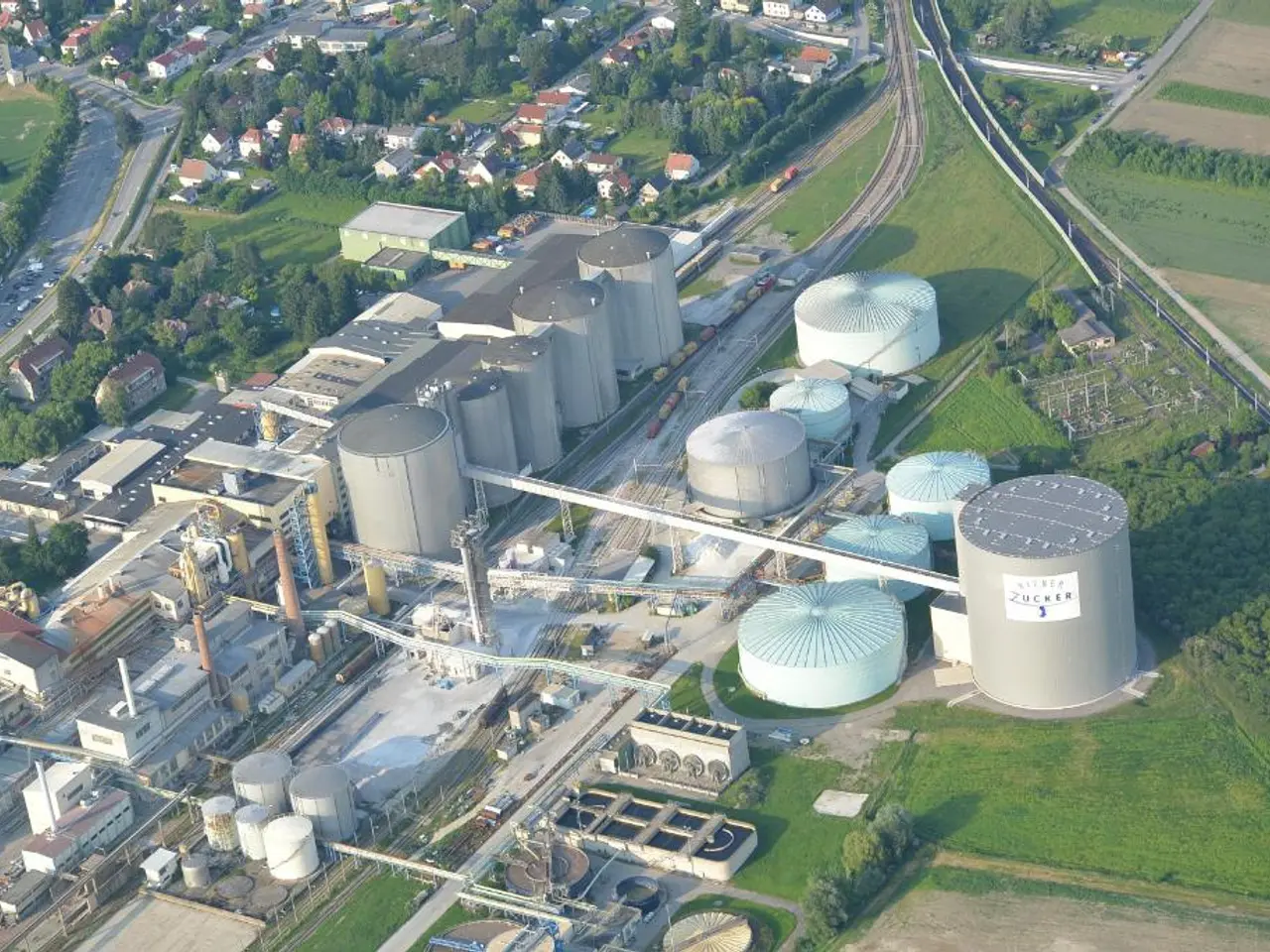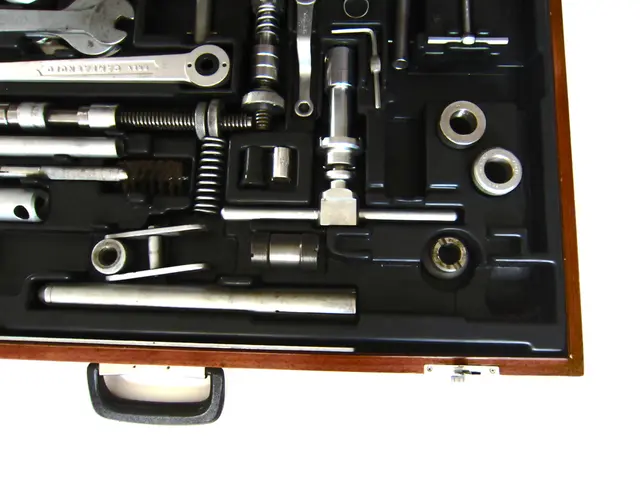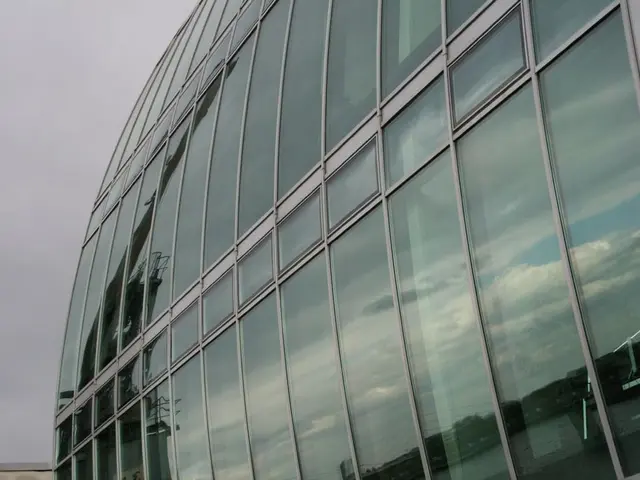Streamlining Final Delivery Processes (while going eco-friendly): The Predicament
In today's fast-paced world, the movement of goods in cities, known as city logistics, has become a critical aspect that significantly impacts our urban environments. With the global parcel volume surpassing the 100-billion-mark in 2019 and a 7.4% increase in deliveries during the first half of 2020, as reported by the German Parcel and Express Association (BIEK), it's clear that last mile delivery is a growing challenge.
City congestion, emissions, regulations, customer expectations, and competition are some of the hurdles cities and logistics companies face. However, innovative solutions are being adopted to address these issues and improve efficiency while promoting green solutions.
AI-Powered Route Optimization and Real-Time Tracking
By leveraging AI and machine learning, cities and logistics firms are able to select the fastest routes, taking into account traffic, weather, and delivery time windows. This results in reduced congestion, fuel use, and delivery times, ultimately improving customer satisfaction.
Electrification of Delivery Fleets
The deployment of electric vans, cargo bikes, and novel urban delivery vehicles, such as Honda’s four-wheel cargo cycles that fit bike lanes, is helping to reduce urban emissions, noise, and traffic congestion. Charging infrastructure and dedicated electric depots are being integrated to support these fleets in dense city areas.
Micro-Fulfillment Centers
Smaller, urban-based hubs are moving inventory closer to customers, enabling faster same-day deliveries and less long-haul transport inside cities.
Smart Lockers and Pickup Points
These innovations reduce failed deliveries and delivery vehicle stops by allowing customers to collect packages at convenient times and locations, streamlining drop-offs and reducing overall travel distances.
Flexible Delivery Models and Urban Warehousing
Combining smart warehouse systems with adaptable delivery solutions helps meet rising customer expectations and regulatory demands while optimizing logistics networks.
Novel Delivery Vehicles and Holistic Services
Innovations like Honda’s Fastport cargo cycles offer integrated packages including vehicle, battery, software, and maintenance, providing reliability and safety features tailored for urban last mile challenges, with a reduced footprint compared to trucks.
These measures aim to tackle the dual goals of improving delivery efficiency and sustainability by lowering emissions and mitigating urban congestion, while also meeting strict city regulations and growing consumer demands for faster, greener delivery options.
However, it's important to note that emissions, including CO, NO, PM 2.5, and noise emissions, are significant issues associated with increased delivery traffic. Collaboration, rather than competition, may be the key to making last mile delivery more efficient. Cities often lack regulatory measures and effective surveillance to drive companies towards greening their delivery processes.
Bundling goods is a major step towards increased efficiency in last mile delivery, but collaboration between different players in the logistics field is currently a significant obstacle. This increase in deliveries equates to an additional 800,000 deliveries per day in Germany, highlighting the need for clear responsibilities and actions to green last mile delivery and create more liveable, healthier, and happier cities.
Read also:
- AI Inspection Company, Zeitview, Secures $60 Million Funding for Expansion
- "Worldwide Initiative Introduces Scheme to Boost Eco-friendly Entrepreneurship in Underdeveloped Regions Worldwide"
- Electric public transportation, manufactured in Latvia, has begun functioning in Vilnius.
- Toyota's Q1 Financial Shift: Reason Behind Profit Dip Yet Hybrid Growth, and Rapid Advancement Towards Net Zero Emissions Goals








